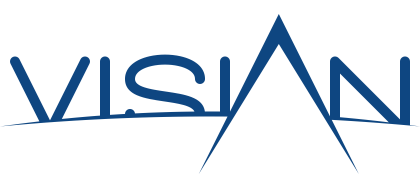Now and then a growing business will have to hire new employees to meet the increasing demands of its clients. The software development market is no different. Here at Visian Systems we continuously look for developers because of our newer projects. As we mentioned before, the hiring process doesn’t finish the moment you close the deal with […]


Leave a Reply